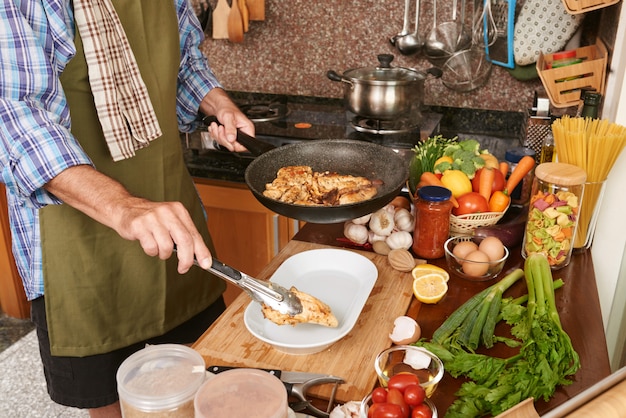
We usually think of flowers as pretty decorations or gifts for various events, but many flowers are edible and some taste really good too.
Plus, many types of edible flowers offer proven or potential health benefits. Here are seven you might want to include in your diet.
Pansies are packed with beneficial plant compounds that have anti-inflammatory and antioxidant properties. They also have a mild, fresh flavor that makes them taste great. Thanks to their attractive colors, pansies are perfect for decorating pastries, cakes, and desserts.
Hibiscus, often given as a gift along with roses and orchids, is also edible. Many cultures drink hibiscus tea, which may help lower cholesterol and blood pressure, though more research is needed. You can eat hibiscus flowers right off the plant, or use them in salads, jellies, and relishes.
Honeysuckle flowers have long been used in traditional Chinese medicine, mainly for treating inflammatory conditions. You can eat the flowers directly or use them to make tea or syrup, and they can also be applied to the skin.
Purslane, commonly seen as a weed, is actually rich in minerals, vitamins, and antioxidants. It boasts more omega-3 fatty acids than almost any vegetable, which can benefit depression, eye health, brain health during pregnancy, and lower heart disease risks. Eat purslane flowers raw in salads or steam them with vegetables for soups and other dishes.
Dandelions, another flower often labeled as a weed, are incredibly nutritious and loaded with antioxidants. Every part of the dandelion is edible—the flowers, roots, and leaves. Eat them raw in salads, cooked in stews, or use them to make wine, jelly, or even tea.
You’ve likely come across chamomile flowers before, especially in tea. Chamomile has been used in traditional medicine and cooking for centuries. It’s known for reducing anxiety and improving sleep. Besides tea, chamomile flowers can be added to syrups, desserts, and smoothies.
Nasturtiums are highly nutritious and contain anti-inflammatory and antioxidant properties. You can eat both the flowers and leaves, either cooked or raw. They are tender, making them a great addition to salads or pesto.